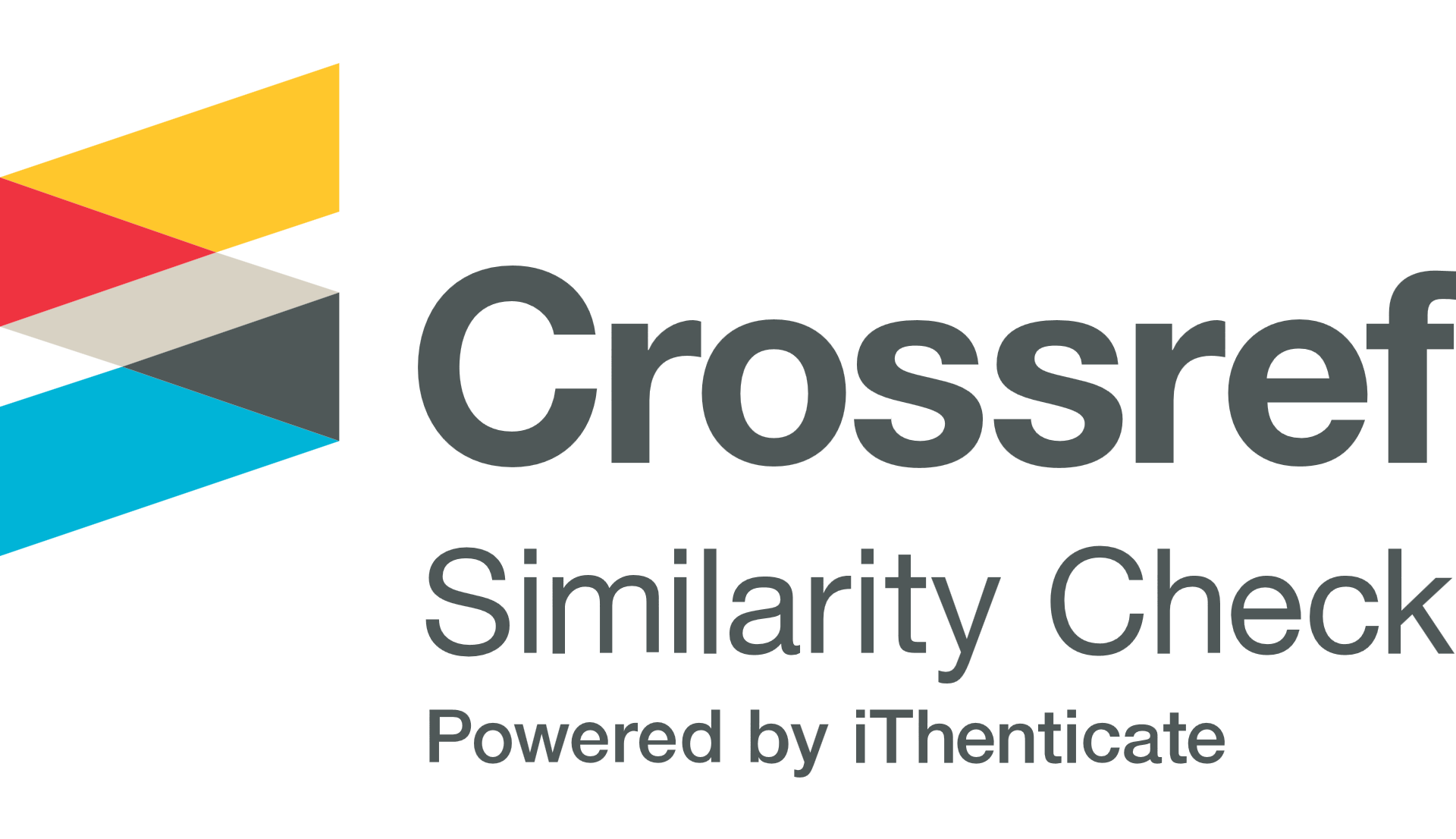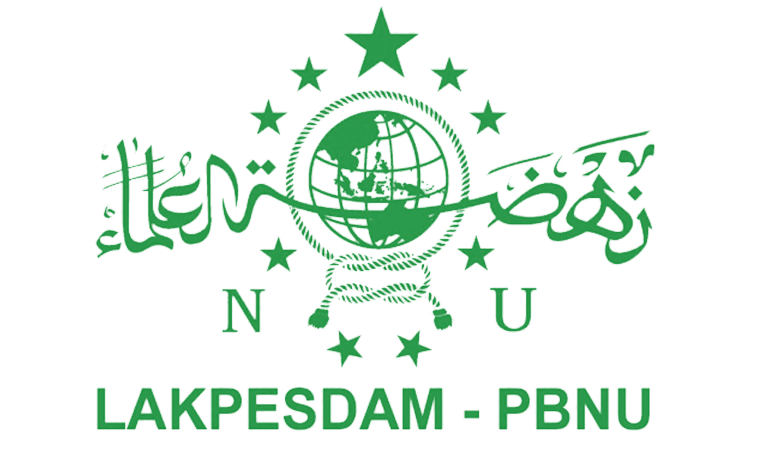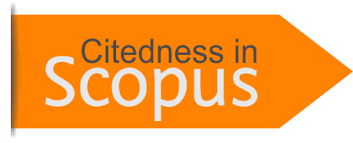SANTRI'S PERCEPTION TOWARDS KITAB KUNING LEARNING METHODS AT AS'ADIYAH SENGKANG ISLAMIC BOARDING SCHOOL
DOI:
https://doi.org/10.31969/alq.v28i1.1040Keywords:
Keywords, Kitab Kuning Learning, Mumtaz Method application, As’adiyah Sengkang Islamic Boarding SchoolAbstract
Research on the method of kitab kuning learning has been widely carried out by many scholars, yet there is still a lack of research examining how to read the kitab kuning with the mumtaz method quickly. To complement the existing research, this study investigates the perception of As'adiyah Sengkang Islamic boarding school students towards Mumtaz learning methods. Using a perception case study research design, the study reported three things. First, Mumtaz's learning included ten chapters of material that began with recognizing word and keyword identity, vocabulary, verb change and ended with a change in the final line of words in the form of kitab kuning reading practices. Second, the application of the Mumtaz method consists of four stages, and third, the perception of students towards the Mumtaz learning method is positive and negative. Positive perception occurs because Mumtaz's material is easy to understand, and the learning method is quite fun because it always uses rhythmic songs. On the other hand, negative perceptions occur not because of the material problems and learning methods but because of a short duration of time and not directly applied to the kitab kuning, but partial book-based examples. This research implies that this learning method is worth applying and disseminating in various Islamic universities in Indonesia.
Â
References
REFERENCE
Abdullah, Shaleh. “Persepsi Siswa Terhadap Pembelajaran Bahasa Arab Berbasis E-Learning Di Sekolah Menengah Pertama Ahmad Dahlan Kota Jambi | Jurnal Pendidikan Bahasa Arab Dan Budaya Islam.†https://online-journal.unja.ac.id/Ad-Dhuha/article/view/12783 (March 9, 2022).
Akbar, Ali, and Hidayatullah Ismail. 2018. “METODE PEMBELAJARAN KITAB KUNING DI PONDOK PESANTREN DAARUN NAHDHAH THAWALIB BANGKINANG.†Al-Fikra : Jurnal Ilmiah Keislaman 17(1): 21–32. http://ejournal.uin-suska.ac.id/index.php/al-fikra/article/view/5139 (September 29, 2020).
Alimin. 2015. Metode Mumtaz (Cepat Dan Mudah Pintar Membaca Kitab Kuning. TQR. https://nsuworks.nova.edu/tqr/about.html (July 24, 2021).
Alimin, Alimin et al. 2021. “Matan Jurumiyah Is Not For The Novice Arabic Learners: A Critical Study Text.†ALSINATUNA 6(2): 169–86. http://e-journal.iainpekalongan.ac.id/index.php/alsinatuna/article/view/3026 (January 26, 2022).
Alshaer, Hadeel N. et al. 2020. “Feature Selection Method Using Improved CHI Square on Arabic Text Classifiers: Analysis and Application.†Multimedia Tools and Applications 2020 80:7 80(7): 10373–90. https://link.springer.com/article/10.1007/s11042-020-10074-6 (January 25, 2022).
Awaluddin, A Fajar. 2021. “Kemampuan Baca Kitab Kuning Di Pesantren (Studi Komparatif Metode Mumtaz Dan Metode Qawaid Wa Tarjamah Pada Pendidikan Diniyah Formal (PDF).†PUSAKA 9(2): 199–208. https://blamakassar.e-journal.id/pusaka/article/view/524 (January 25, 2022).
Krisnawati, Lucia Dwi, Fidelia Vera Sentosa, and Aditya Wikan Mahastama. 2019. “Sistem Identifikasi Bahasa Jawa Dan Bahasa Indonesia Dokumen Teks Berbasis N-Gram Karakter.†Jurnal Linguistik Komputasional 2(1): 13–22. http://inacl.id/journal/index.php/jlk/article/view/16 (March 9, 2022).
Mao, Zhenyu et al. 2019. “Spatio-Temporal Deep Learning Method for ADHD FMRI Classification.†Information Sciences 499: 1–11.
Nurhasim, Nurhasim, M. Shabir U, and Sitti Mania. 2019. “The Implementation of Mumtaz Method in Learning Nahwu Saraf to the Students of Madrasah Aliyah DDI As-Salam Allakuang Islamic Boarding School.â€
Nuur, Khaerun Nisa, and Laely Yuliani Said. 2021. “Halaqah Kitab Kuning (Nahwu Sharaf) Di Pambusuang Balanipa Polewali Mandar Sulawesi Barat / Halaqah Kitab Kuning (Nahwu Sharaf) in Pambusuang Balanipa Polewali Mandar West Sulawesi.†Diwan : Jurnal Bahasa dan Sastra Arab 7(1): 65–78. http://journal.uin-alauddin.ac.id/index.php/diwan/article/view/20125 (January 4, 2022).
Rochimah, Dewi Chafidatur. “PENERAPAN MODEL PEMBELAJARAN KOOPERATIF TIPE THINK PAIR SHARE UNTUK MENINGKATKAN KEMAMPUAN MENGHAFAL MUFRODAT BAHASA ARAB PADA SISWA KELAS III DI MADRASAH IBTIDAIYAH ISLAMIYAH KOTA MALANG | Rochimah | JPMI: Jurnal Pendidikan Madrasah Ibtidaiyah.†http://riset.unisma.ac.id/index.php/JPMI/article/view/3105 (March 9, 2022).
Sabrow, Sophia. 2016. “Local Perceptions of the Legitimacy of Peace Operations by the UN, Regional Organizations and Individual States – a Case Study of the Mali Conflict.†http://dx.doi.org/10.1080/13533312.2016.1249365 24(1): 159–86. https://www.tandfonline.com/doi/abs/10.1080/13533312.2016.1249365 (February 4, 2022).
Safitri, Sabilla, Sabilla Irwina Safitri, Dwi Saraswati, and Esa Nur Wahyuni. 2021. “Teori Gestalt (Meningkatkan Pembelajaran Melalui Proses Pemahaman).†At-Thullab : Jurnal Pendidikan Guru Madrasah Ibtidaiyah 5(1): 23–31. http://journalfai.unisla.ac.id/index.php/at-thulab/article/view/450 (March 24, 2022).
“The Handbook of Social Psychology - Google Buku.†https://books.google.co.id/books?hl=id&lr=&id=-4InWCsra7IC&oi=fnd&pg=PA233&dq=data+analysis&ots=hbmCTQ2ip9&sig=RZznd4S0CgG9a2N_u8fjFhbjxFQ&redir_esc=y#v=onepage&q=data analysis&f=false (February 4, 2022).
Wagiran. “IDENTIFIKASI TEKS BERGENRE CERITA BERMUATAN NILAI KONSERVASI | Wagiran | Lingua.†https://journal.unnes.ac.id/nju/index.php/lingua/article/view/15236 (March 9, 2022).
Wirmadani, Mega, and Eka Vidya Putra. 2019. “Persepsi Sosial Mahasiswi Berhijab Terhadap Body Image Dalam Perspektif Tindakan Sosial.†Culture & Society: Journal Of Anthropological Research 1(1): 90–95. http://culture.ppj.unp.ac.id/index.php/csjar/article/view/13 (March 9, 2022).
Additional Files
Published
Issue
Section
License
Authors who publish with this journal agree to the following terms:
- Authors retain copyright and grant the journal right of first publication with the work simultaneously licensed under Creative Commons Attribution-NonCommercial-ShareAlike 4.0 International License that allows others to share the work with an acknowledgement of the work's authorship and initial publication in this journal.
- Authors are able to enter into separate, additional contractual arrangements for the non-exclusive distribution of the journal's published version of the work (e.g., post it to an institutional repository or publish it in a book), with an acknowledgment of its initial publication in this journal.
- Authors are permitted and encouraged to post their work online (e.g., in institutional repositories or on their website) prior to and during the submission process, as it can lead to productive exchanges, as well as earlier and greater citation of published work (See The Effect of Open Access).















